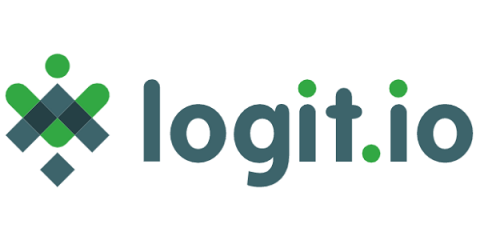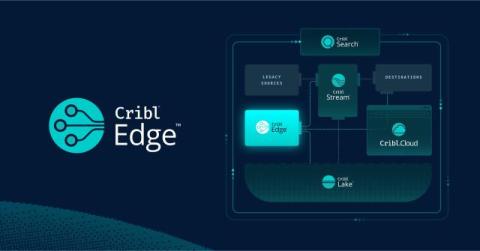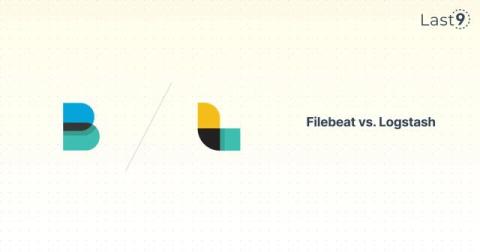From ELK Stack to easy - Elastic Observability on Elastic Cloud Serverless
Announcing the general availability of Elastic Observability on Elastic Cloud Serverless — a fully managed observability solution As organizations scale, an observability solution that can handle the complexity of distributed cloud environments and provide real-time insights often feels like an insurmountable challenge often due to data- and cost-related compromises.











